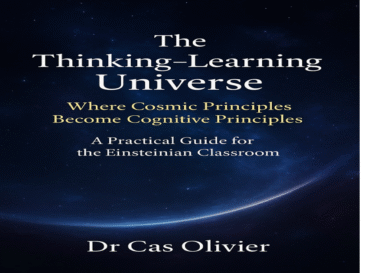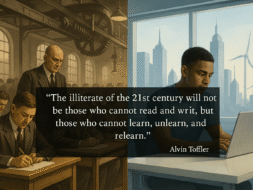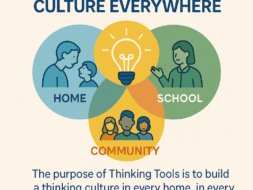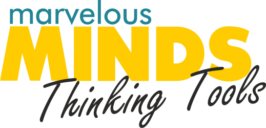Here is the entrance to the Thinking Universe. Click HERE to read what the First Orbit is and what are the Learning Principles.
Read more on BOOKS
The book is written for:
- Educators and teacher trainers
- School leaders and policymakers
- Parents, psychologists, and learning specialists
- Anyone interested in brain-based learning and cognitive development
Readers who appreciate the work of Ken Robinson and Sugata Mitra will recognise its blend of science, story, systems thinking, and classroom practice. While grounded in theory, the tone is accessible and practical, with metaphors and models that can be translated directly into lesson design and school culture.
The South African education landscape—marked by policy fatigue, disengaged learners, and the need for holistic, brain-aligned teaching—offers fertile ground for its launch. At the same time, its Einsteinian framing and emphasis on post-industrial education give it clear international relevance.
The Thinking–Learning–Universe offers something rare in education: a book that is both conceptually original and deeply practical. Its approach is unlike mainstream pedagogy, and early readers suggest it has the potential to become a widely influential title in the field — not because it tries to be groundbreaking, but because it reveals what education has long overlooked.
The book reimagines education through the lens of modern science. While the world has moved from Newton’s straight-line mechanics to Einstein’s curved universe, classrooms have remained flat — driven by instruction, control, and memorisation. This book introduces the Einsteinian Classroom, where learning follows the natural laws of the brain: curiosity as gravity, attention as light, rhythm as orbit, and coherence as the organising principle of understanding.
Drawing on cognitive science, physics, and decades of classroom practice, the book offers a practical, teacher-friendly framework that transforms lessons from delivery to design. Core concepts such as Step Zero, the Chronosensor, the Mothership of All Thinking, and curved learning environments show teachers how to align instruction with the brain’s architecture rather than fight against it.
Across its orbits, the book reveals how classrooms become ecosystems of thought, where learners think, explore, regulate, and create with increasing independence. It provides tools, examples, and pedagogical rhythms that help teachers shift from force to gravity, from activity to coherence, and from teaching content to promoting thinking.
The Thinking–Learning–Universe is both a conceptual revolution and a practical guide for educators ready to move beyond flat-earth schooling and step into a new curvature of learning.







